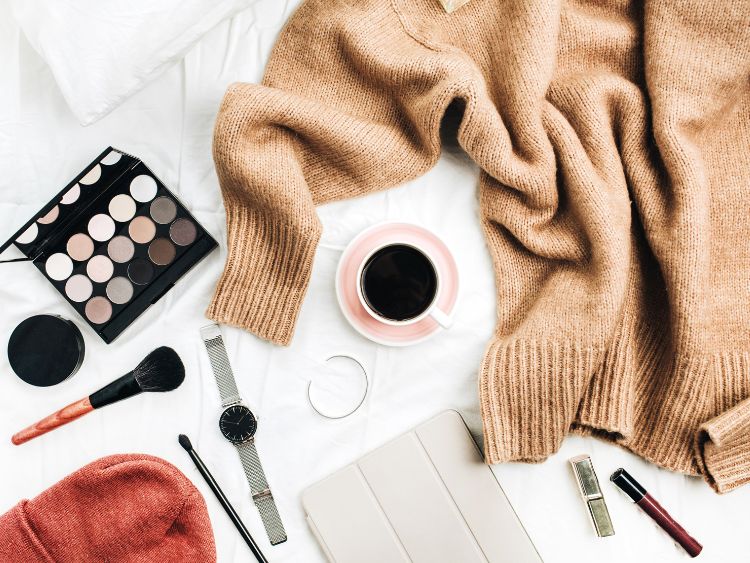Ah, the 1920s—a decade that sparked change and revolution in countless ways, not least in men’s fashion. Often dubbed the “Roaring Twenties,” this era saw a break from tradition, giving way to innovative styles that emphasized individuality and flair. Men began to embrace a wardrobe that reflected not just functionality but also a newfound sense of identity and sophistication. So, let’s dive into the world of 1920s men’s fashion and uncover how this pivotal decade shaped style as we know it today.
The Birth of Modern Masculinity
The 1920s marked a shift in societal norms, and men’s fashion was no exception. After World War I, men sought to express their freedom through their clothing. They ditched the stiff, formal attire of the previous decades in favor of styles that were more relaxed yet still polished.
Key Characteristics of 1920s Men’s Fashion
- Tailored Suits: The suit became a staple of men’s wardrobes, typically featuring a fitted jacket and high-waisted trousers. Men often opted for lighter fabrics in pastel or muted colors, allowing for greater comfort and versatility.
- Dress Shirts: Shirts during this era featured high, stiff collars that could be worn with ties or bowties. Patterns such as stripes and checks became increasingly popular, adding flair to men’s outfits.
- Accessories: Accessories played a crucial role in completing the look. Hats, especially fedoras and flat caps, adorned men’s heads, while pocket squares and cufflinks added a touch of elegance.
The Influence of Hollywood
As cinema rose to prominence in the 1920s, Hollywood stars became fashion icons. Men emulated the looks of their favorite actors, which often included glamorous tuxedos and stylish sportswear.
Casual Wear: The Rise of the “Sporty” Look
With leisure activities gaining popularity, casual wear began to emerge as a significant category in men’s fashion.
Styles to Watch
- Knickerbockers: Often associated with sports, these baggy pants featured a cuffed hem and were typically worn with knee-length socks. They were perfect for golf or tennis.
- Golf Attire: This included wool sweaters, plus-fours, and tailored shorts, allowing men to showcase both style and comfort on the green.
- Loungewear: As the decade progressed, men began to invest in comfortable loungewear, including pajamas and robes, perfect for relaxing at home.
The Flapper Influence
The emergence of the flapper girl also had an impact on men’s fashion. As women began to dress more casually and fashionably, men followed suit. This led to a more relaxed approach to attire.
Notable Trends
- Suits without vests: Many men opted for a suit without a vest, giving a less formal but still sophisticated look.
- Breezy Fabrics: Linen and cotton suits became more common, especially in warmer months, making outfits more breathable and comfortable.
Iconic Styles of the 1920s
Throughout the 1920s, various styles emerged, each reflecting the changing attitudes of the time.
Popular Styles
- The Gatsby Look: Inspired by F. Scott Fitzgerald’s “The Great Gatsby,” this look featured sharp suits, extravagant accessories, and a certain level of flamboyance.
- The Boater: A straw hat that became a fashionable choice for summer events, the boater hat was often paired with light-colored suits.
- Tweed: This fabric was the go-to for gentlemen seeking a more rugged yet stylish appearance, especially during outdoor activities.
The Impact of Jazz Culture
The jazz movement significantly influenced the 1920s, bringing a vibrant energy to fashion. Jazz musicians often sported bold patterns and colors, encouraging men to step out of their comfort zones.
Style Elements
- Bright Colors: Dark, somber colors of previous decades gave way to vibrant hues like red, blue, and green.
- Pattern Mixing: Men began to experiment with mixing patterns, showcasing a more playful side of fashion.
Frequently Asked Questions
What was the significance of men’s fashion in the 1920s?
Men’s fashion in the 1920s reflected the changing social dynamics and attitudes of the time, emphasizing individuality and a break from tradition.
How did World War I influence men’s fashion?
Post-war, men sought to express their freedom and newfound identity, leading to a more relaxed yet stylish approach to clothing.
Were accessories important in the 1920s?
Absolutely! Accessories such as hats, pocket squares, and cufflinks played a crucial role in completing a man’s outfit.
Conclusion
The 1920s stand as a transformative era for men’s fashion. From tailored suits to casual wear and the influence of jazz culture, the decade crafted a new narrative around masculinity and style. As we look back, it’s clear that the sartorial choices made during this period continue to inspire modern men’s fashion today.
Authoritative Links
For further reading and resources related to 1920s men’s fashion, check out:
- https://www.fashionhistorytimeline.com/1920s-mens-fashion/
- https://www.vintagefashionguild.org/
- https://www.menswearhouse.com/1920s-mens-fashion
- https://www.gentlemansgazette.com/1920s-mens-fashion-style/
- https://www.thefashionisto.com/
